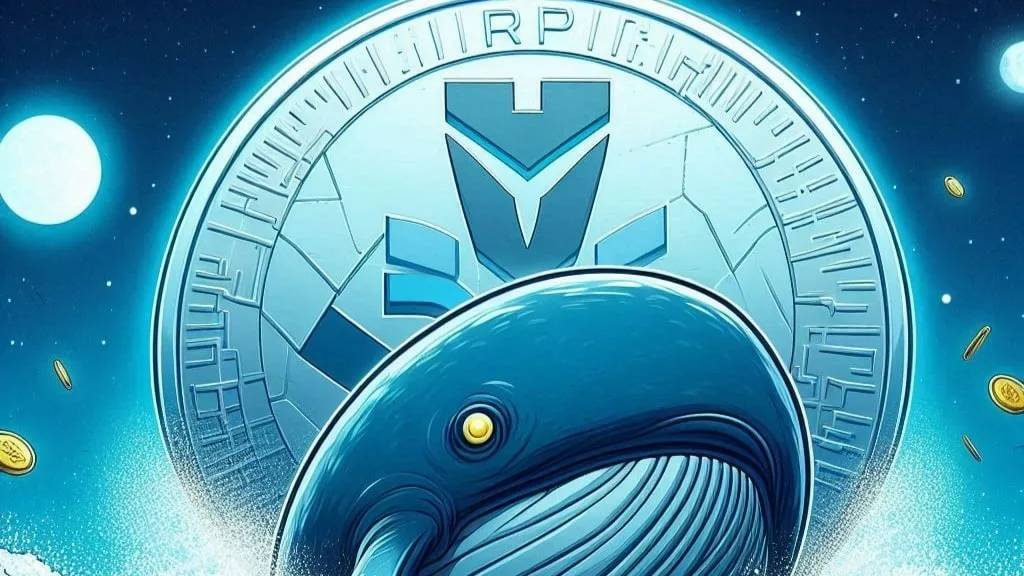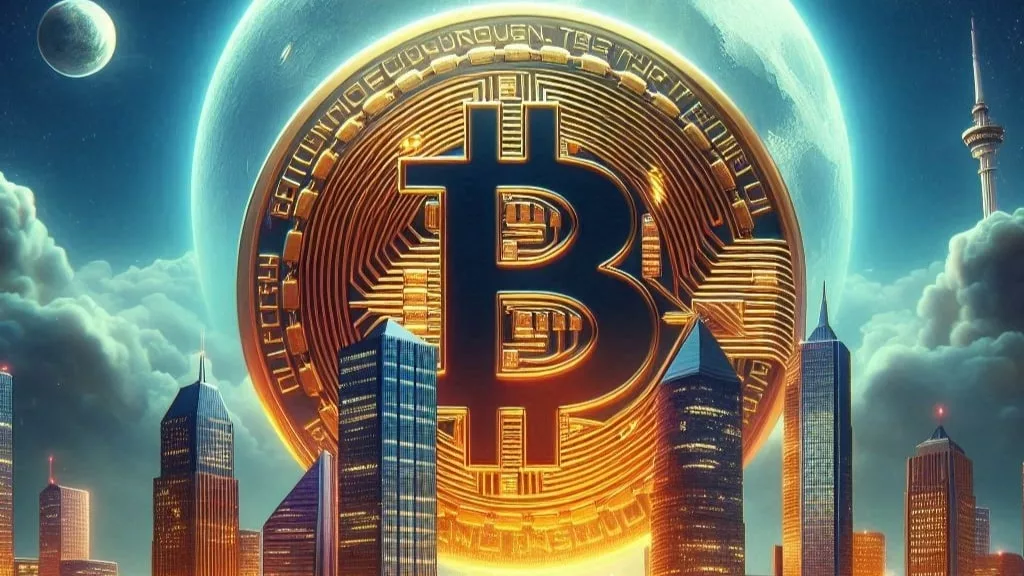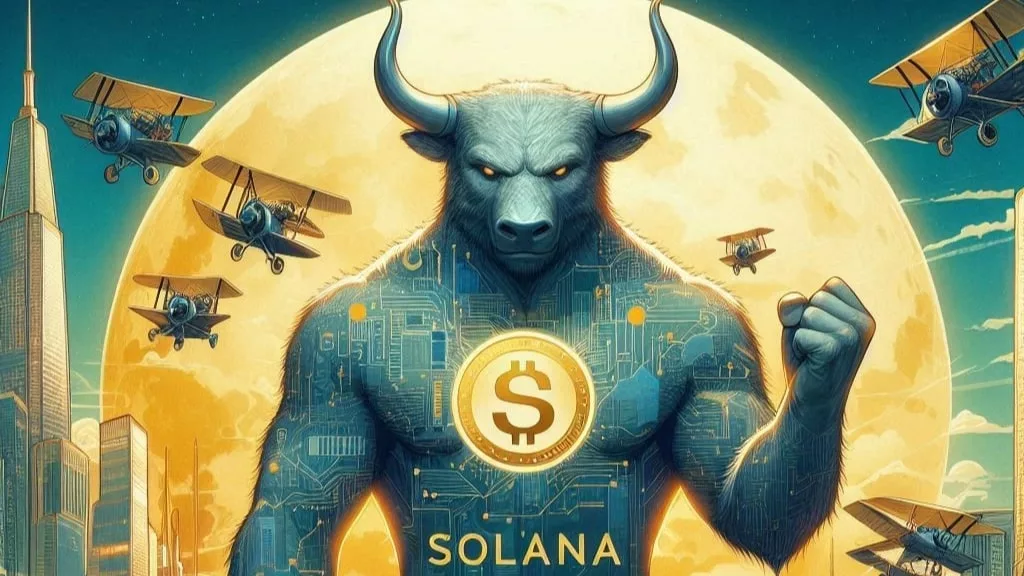
It just looks like Emin Gun Sirer is taking to defend the increase in waiting times and transaction cost increasing in Avalanche Chain sharply. So, he just makes it clear that it is not possible for any blockchain to offer perpetually cheap transactions; however, there are others who are wondering why should a transaction fee cost more than 5 cents.
Emin Gun Sirer shared: Today’s reminder: any chain that promises perpetually cheap transactions is broken.
Community Response: Such chains cannot deal with load and it will lead to a terrible user experience.
Bearish for AVAX.
I don’t understand why that’s true, and I’d like to know. I don’t know a good reason why transactions should ever cost more than 50c or even less.
If the chain can’t scale like AVAX or others, you can keep low fees, but it will start to take more and more time to process your transaction.
I understand. But clearly what we are seeing is some sort of limit on the AVAX chain. Waiting times and tx costs are spiking sharply. There is no reason for this unless tx capacity is becoming scarce.
Monero is not broken. Dynamic block size, perpetual tail emission, block reward penalty for reckless blocksize increases, txn fees automatically decrease when txn volume increases.
Do fees decrease as traffic increases? How does it protect against someone attacking the network with spam? That would mean the more they attack the cheaper it gets.
There are countermeasures in place that inhibit that kind of spam attack. Moving window averages tied to non-penalized rate increases etc. and finally, in Monero, the minimum fee is just the relay fee. There’s no minimum for block inclusion if I recall. So, it’s easily tweaked.
Fundamentally, there’s no such thing as spam on a network where all transactions pay a required fee. Any transaction that pays for the network to carry it is a valid transaction. Spam only exists on misguided zero-fee designs like Nano, where the absence of fees prevents distinguishing transactions from spam.
By spam, I mean shit tonne of transactions from a bad actor (nation-state, competing protocol) to intentionally attack the network. It would be costly and fee markets make it even more so by increasing fees during traffic to prevent it. Decreasing during high traffic could potentially enable.
Block stuffing doesn’t a form of attack. It’s indistinguishable from rapid “organic” growth on the network (perception likely to increase the value of system/asset) plus stuffing directly subsidizes the network’s security by inflating the block reward.




Get the latest Crypto & Blockchain News in your inbox.